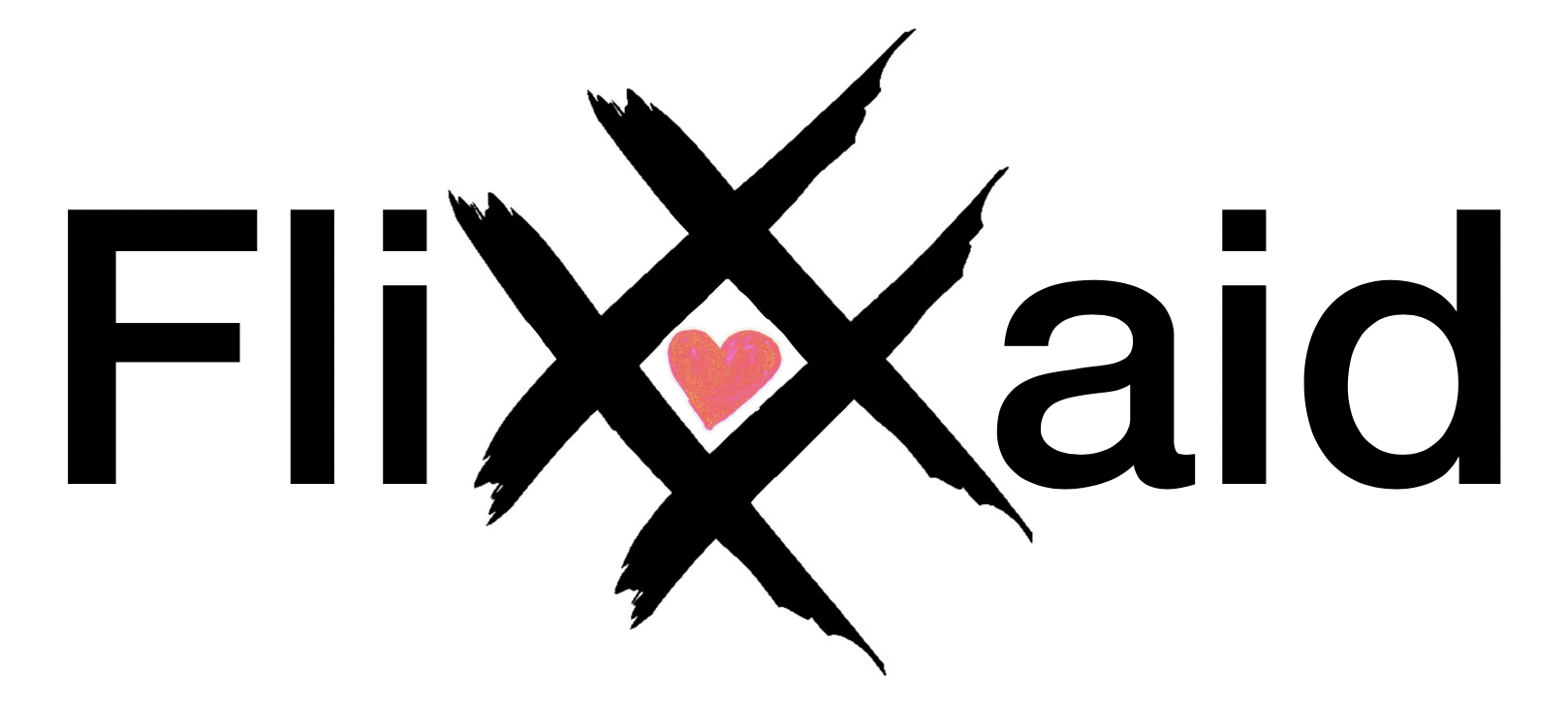How Nonprofits can Engage Gen Z
Engaging Gen Z, the demographic born between 1997 and 2012, is becoming increasingly important for non-profits looking to build support and raise funds for their cause. With this generation growing into adulthood and becoming more financially independent, they are becoming an increasingly important demographic for non-profits to reach.
One of the key ways that non-profits can engage Gen Z is through social media. This generation is highly connected, with many using platforms like Instagram, TikTok, and YouTube on a daily basis. Organizations can use these platforms to create and share content that is engaging, informative, and relatable to Gen Z.
Another way to engage Gen Z is through experiential marketing campaigns. This generation is highly engaged with causes and is looking for ways to get involved and make a difference. Non-profits can create events and campaigns that allow Gen Z to participate and make a tangible impact, such as volunteering opportunities, charity runs, and fundraising events.
Additionally, non-profits can engage Gen Z by being transparent and authentic. This generation values honesty, integrity, and social responsibility. They want to know that their donations and support are going towards a cause they believe in, and they want to see the impact of their contributions. Transparency and authenticity can be shown through regular updates and reports on the progress of a project, sharing real-life stories and testimonials, and being open to feedback and questions.
Non-profits can also engage Gen Z by using innovative and creative campaigns. This generation is known to be creative and tech-savvy, so non-profits can stand out by using new technologies like virtual reality, gamification, and interactive experiences to create engaging and impactful campaigns.
It's also important for non-profits to understand that this generation is more diverse, inclusive, and socially conscious than previous generations. Therefore, non-profits should make sure to showcase diversity, inclusivity, and intersectionality in their campaigns and messaging.
Finally, non-profits can engage Gen Z by involving them in decision-making and leadership roles. This generation values being included in the process and having their voices heard. By involving them in decision-making, non-profits can empower Gen Z to make a real difference and foster a sense of ownership and commitment to the cause.
In conclusion, engaging Gen Z is becoming increasingly important for non-profits looking to build support and raise funds for their cause. By leveraging social media, experiential marketing, transparency and authenticity, innovation, and inclusivity, non-profits can connect with this generation and inspire them to get involved and make a difference.

